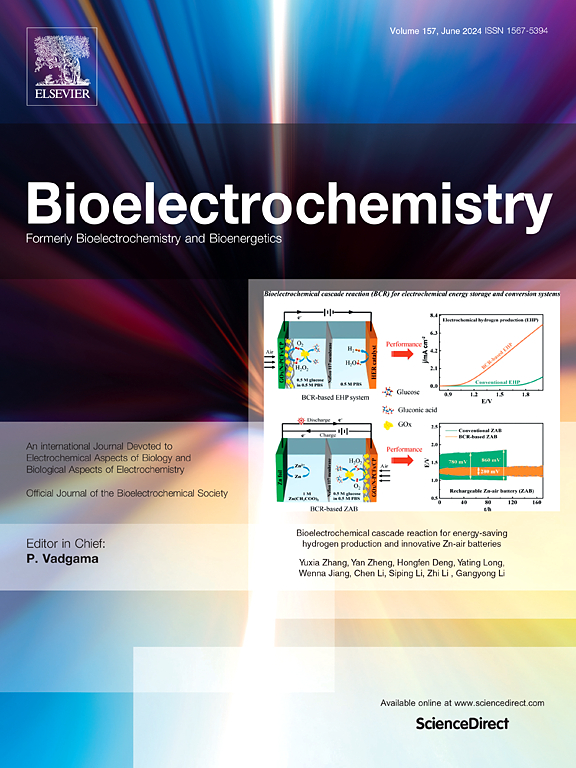暴露于早期生活压力揭示了雄性和雌性成年大鼠habenula和岛叶皮层中潜在脆弱性的共同生物学特征
IF 3.6
2区 医学
Q1 NEUROSCIENCES
引用次数: 0
摘要
早期生活压力(ELS)是一种众所周知的风险因素,可导致生命后期出现多种精神障碍。ELS的影响可能是双重的:有弹性的个体通过将压力视为最小而适应,而脆弱的个体则努力应对压力,并倾向于精神病理的发作。虽然已知不同的大脑区域在决定ELS的恢复力或脆弱性方面发挥作用,但具体机制尚不清楚。本临床前研究探讨了产前应激(PNS)对habenula (Hb)和岛叶皮质(IC)功能连通性的影响,以及这些改变是否易导致成年后的应激易感性。在雄性和雌性动物中,PNS与社会互动减少有关,这表明一种潜在的改变行为表型的开始。易感动物和复原动物的转录组学分析显示,pns诱导的Hb和IC基因表达都发生了深刻的变化,并具有性别特异性。在易感男性中,通路分析确定了Hb和IC之间共享的分子特征,主要涉及炎症和胶原相关过程的激活。在女性中,脆弱性与血清素信号的下调有关,与男性相比,这表明了应激易感性的另一种途径。共表达网络分析证实了这些发现,强调了脆弱性背后的性别依赖生物学机制。这些结果表明,对应激的脆弱性可能来自Hb和IC之间的功能相互作用,由不同的性别特异性途径介导。本文章由计算机程序翻译,如有差异,请以英文原文为准。
Exposure to early-life stress uncovers shared biological signatures underlying vulnerability in the habenula and insular cortex of male and female adult rats
Early-life stress (ELS) is a well-known risk factor for the development of several mental disorders later in life. The effect of ELS can be twofold: resilient individuals adapt by perceiving stress as minimal, while vulnerable ones struggle to cope with it and are predisposed to the onset of psychopathology. Although it is known that different brain regions play a role in determining ELS resilience or vulnerability, the specific mechanisms remain unclear. This preclinical study examines the effects of prenatal stress (PNS) on the functional connectivity of habenula (Hb) and insular cortex (IC) and whether these alterations predispose to stress vulnerability in adulthood. PNS was associated with reduced social interaction in both male and female animals, suggesting the onset of a potentially altered behavioural phenotype. Transcriptomic analysis of vulnerable and resilient animals revealed profound PNS-induced gene expression changes in both Hb and IC, with sex-specific patterns. In vulnerable males, pathway analysis identified a shared molecular signature between Hb and IC primarily involving the activation of inflammation and collagen-related processes. In females, vulnerability was linked to downregulation of serotonin signaling, indicating an alternative pathway to stress susceptibility compared with males. Co-expression network analysis confirmed these findings, highlighting sex-dependent biological mechanisms underlying vulnerability. These results suggest that vulnerability to stress may emerge from functional interactions between Hb and IC, mediated by distinct and sex-specific pathways.
求助全文
通过发布文献求助,成功后即可免费获取论文全文。
去求助
来源期刊

Neurobiology of Stress
Biochemistry, Genetics and Molecular Biology-Biochemistry
CiteScore
9.40
自引率
4.00%
发文量
74
审稿时长
48 days
期刊介绍:
Neurobiology of Stress is a multidisciplinary journal for the publication of original research and review articles on basic, translational and clinical research into stress and related disorders. It will focus on the impact of stress on the brain from cellular to behavioral functions and stress-related neuropsychiatric disorders (such as depression, trauma and anxiety). The translation of basic research findings into real-world applications will be a key aim of the journal.
Basic, translational and clinical research on the following topics as they relate to stress will be covered:
Molecular substrates and cell signaling,
Genetics and epigenetics,
Stress circuitry,
Structural and physiological plasticity,
Developmental Aspects,
Laboratory models of stress,
Neuroinflammation and pathology,
Memory and Cognition,
Motivational Processes,
Fear and Anxiety,
Stress-related neuropsychiatric disorders (including depression, PTSD, substance abuse),
Neuropsychopharmacology.
 求助内容:
求助内容: 应助结果提醒方式:
应助结果提醒方式:


